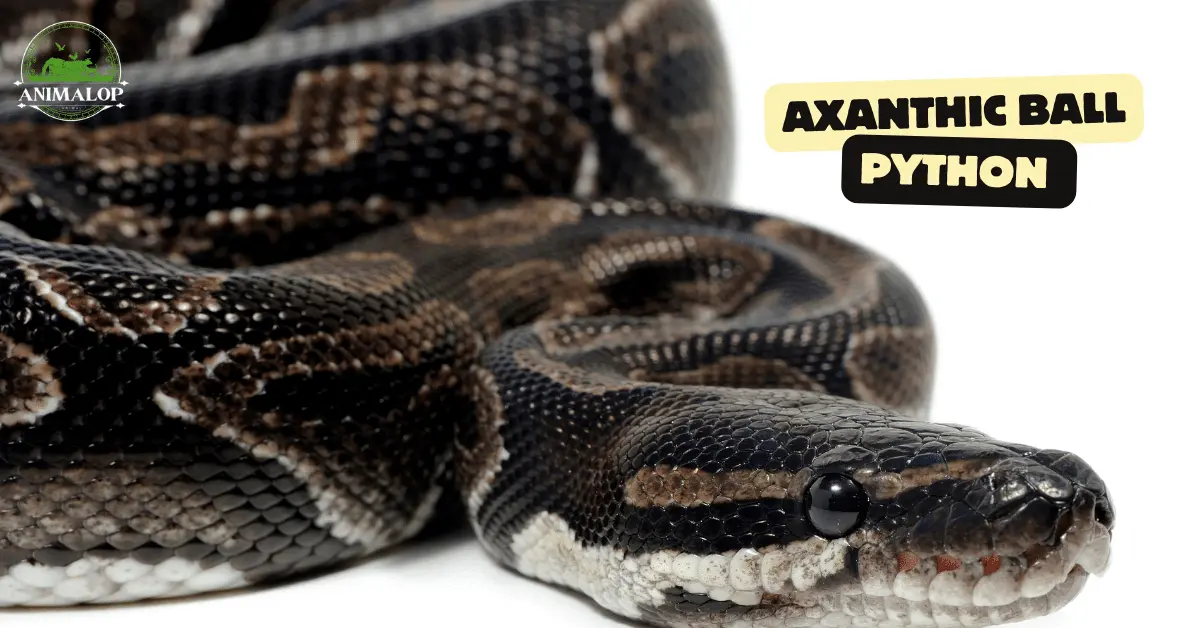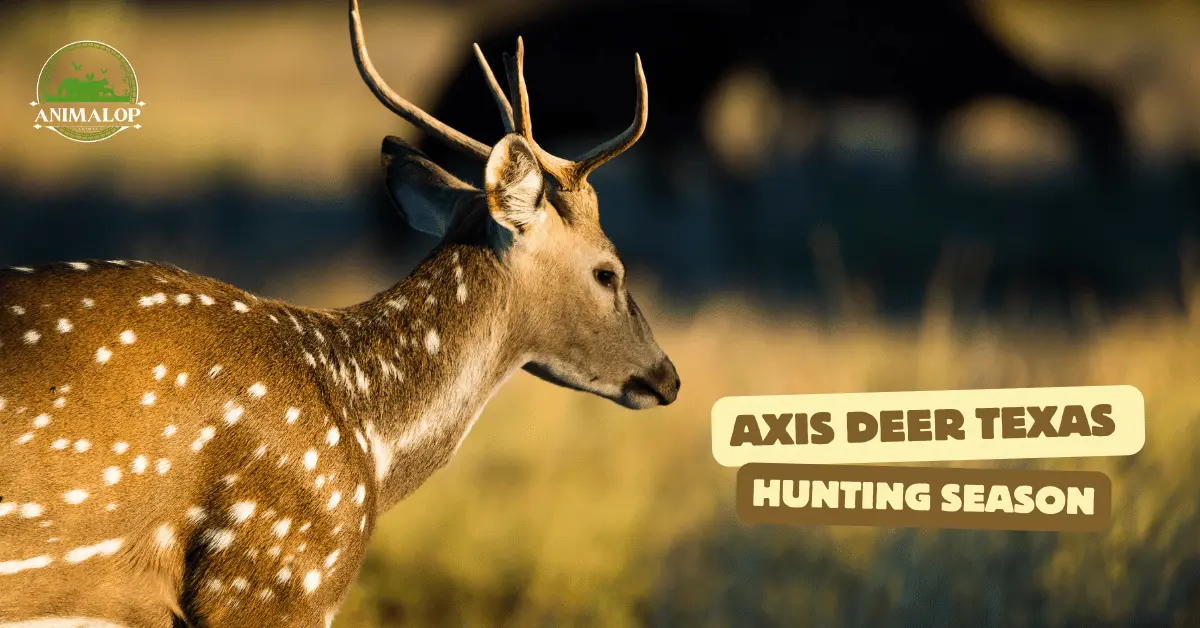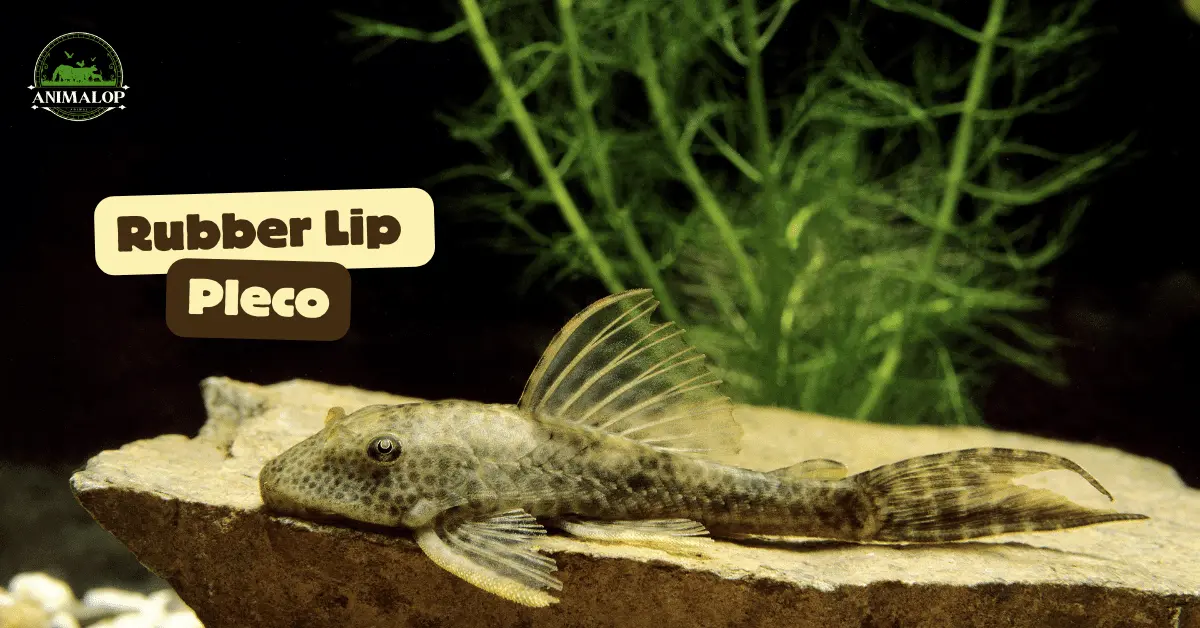Axanthic Ball Pythons are a special, rare kind of snake because of a unique gene they carry. This gene stops them from making yellow colors in their skin. Instead of yellow, these snakes show off in shades of silver, gray, white, black and brown.
Breeding these unique snakes isn’t easy because the gene that makes them special is hidden unless a snake gets two copies; one from each parent. If both parents have this hidden gene and show the Axanthic look, all their baby snakes will also be Axanthic. If the parents are carrying the gene but don’t show it, there’s a smaller chance, like 1 in 4, that their babies will be Axanthic.
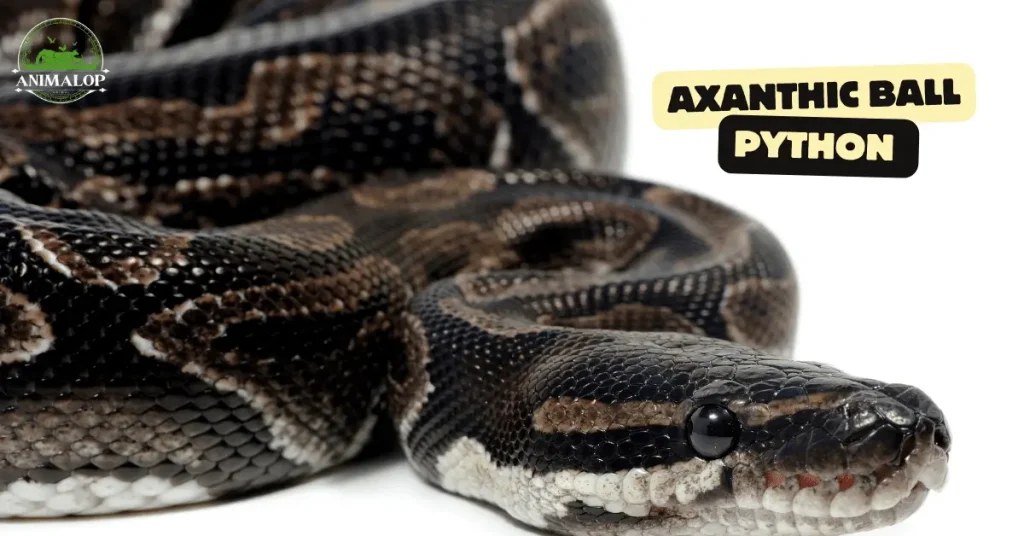
These snakes can live a long time, up to 30 years or more, with some even hitting the 40-year mark. So, if you’re thinking of getting an Axanthic Ball Python, be ready for a long-term buddy! Let’s discuss it in detail!
Axanthic Ball Python Breed: Quick Profile
How Do Axanthic Ball Python Morph Look Like?
Axanthic ball pythons look like they’ve been drawn with pencil. When they’re babies, they have a cool, silvery-gray color with black patterns that really stand out.
As they grow up, many of them start to turn a little brown, but they never get the yellow or golden colors that regular ball pythons have.
Instead, they stay more of a plain brown or gray color. Some types, like the TSK and VPI, keep their gray color better than others, like the Jolliff, which tends to turn brown more.
People who have Axanthic ball pythons often sell the older ones when they start to lose their bright baby colors and turn brown. But even a brown adult can still have babies that are the cool silvery-gray color.
So, if you’re into breeding these snakes, you ought to find a good deal on an adult one that’s ready to have babies.
Types Of Axanthic Ball Python
Black Axanthic Ball Python
These are pretty new, first made in 2008. They’re a basic type, not mixed with anything else. They don’t have yellow or the usual light gray colors.
Instead, they’re darker with some white spots that are hard to see. They can look almost like regular axanthics or be really dark, but they don’t turn brown as they get older.
Red Axanthic Ball Python
Red axanthics are special because their gene works differently.
They can show their colors even if they only get the gene from one parent, and they can have an even more unique look if they get the gene from both. They look a slightly red and could have a unique pattern.
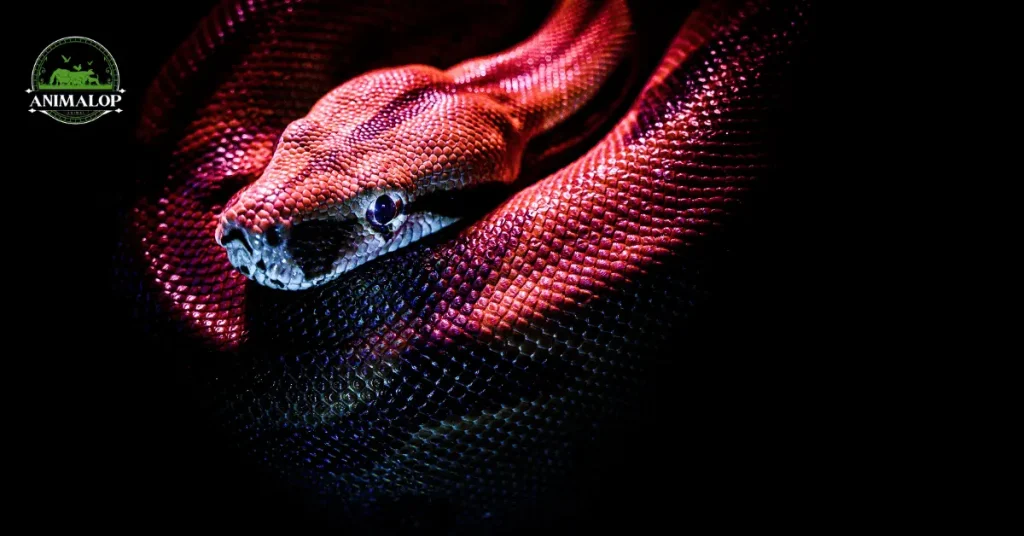
Super Pastel Axanthic Ball Python
Super Pastel Axanthic Ball Python starts off black and white and might have some white shading.
As they grow, they lighten up, which is different from others that get darker. They end up looking lighter with less contrast between black and white.
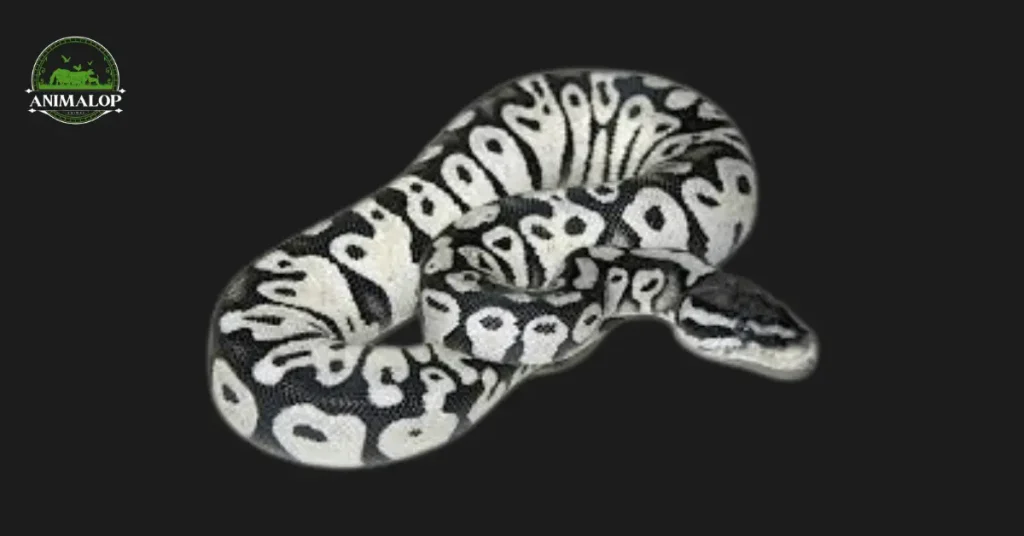
Axanthic Clown Ball Python
Clown ball pythons have a cool pattern, not just different colors.
Their pattern is simpler, with a big stripe down their back. Axanthic clowns keep their gray colors but add the clown pattern, making them look really unique.
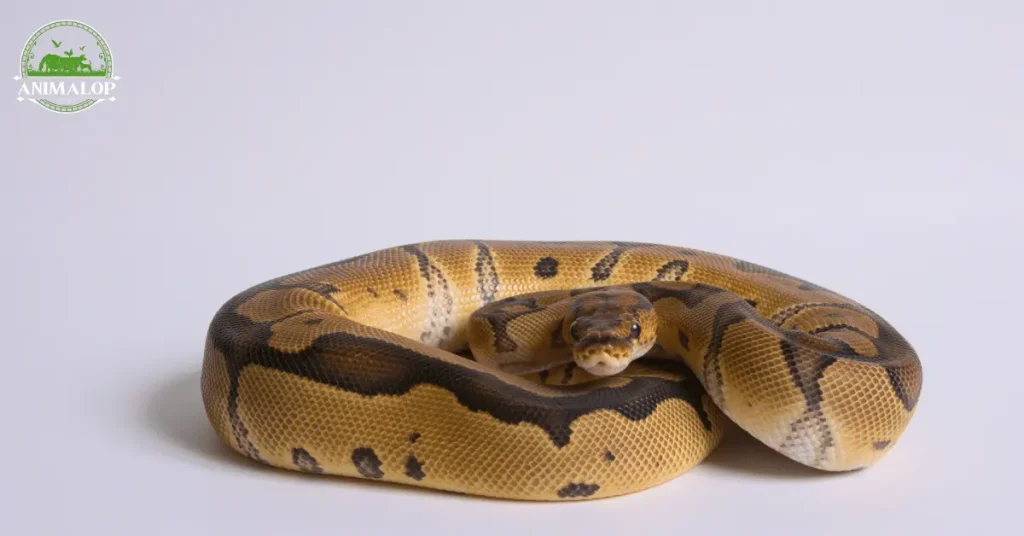
Stormtrooper Ball Python
The stormtrooper isn’t really an axanthic but starts off with a striking black and white look. They were super expensive at first because of their unique look. But as they grow, their colors mix and blur, making them look smudgy but still cool.
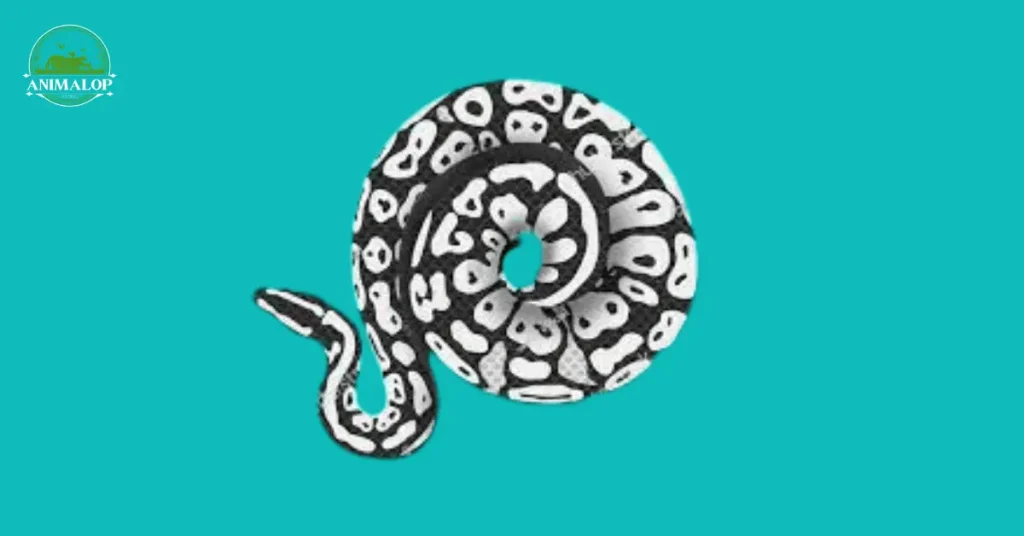
Axanthic Albino Ball Python
When you mix axanthic and albino genes, you get normal-looking snakes that carry genes for a “snow” python. If you breed two of these, there’s a small chance their babies will be snow pythons, which are pretty special.
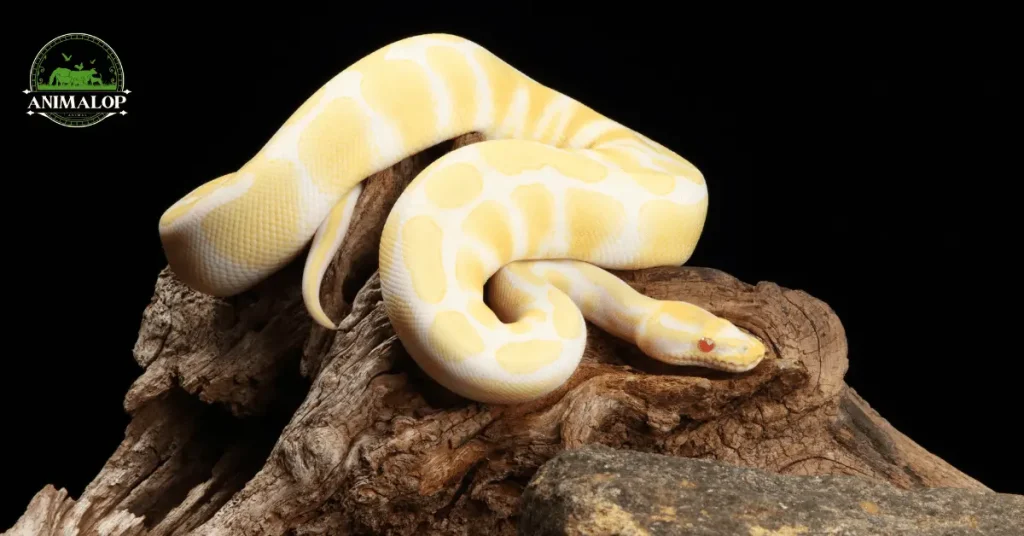
How To Breed Axanthic Ball Python?
Breeding axanthic ball pythons is very challenging due to the fact that this line is recessive. For successfully producing a pure axanthic offspring, you ought to carefully select parent snakes.
Genetics
Since the axanthic trait is recessive, it means the snake needs to inherit the axanthic gene from both of its parents to express this trait visually. Snakes that have two copies of the axanthic gene are referred to as homozygous recessive, while those carrying one copy of the axanthic gene and one copy of a non-axanthic gene are heterozygous.
Selecting the Parents
For breeding purposes, you need to select two parent snakes that can potentially produce axanthic offspring.
- Homozygous Recessive Parents: Both parents are homozygous for the axanthic gene. This pairing guarantees that all offspring will be axanthic, as each parent can only pass on the axanthic gene.
- Heterozygous Parents: Both parents are heterozygous, carrying one axanthic gene and one non-axanthic gene. This pairing offers a 25% chance of producing axanthic offspring, a 50% chance of producing heterozygous offspring (carriers of the axanthic gene), and a 25% chance of producing non-axanthic offspring.
The Breeding Process Of Axanthic Ball Python
- You’ll need containers for the snakes, bedding material, a machine to keep the eggs warm (incubator), and any extra snakes you would need for breeding.
- Make it cooler for your snakes around November, dropping the temperature by about ten degrees to mimic winter.
- Warm things up slowly starting in March, over a week, to signal the coming of spring.
- Make sure your snakes are eating well and gaining weight.
- Put the male snake with the female to see if they’ll mate. Watch them for an hour.
- If nothing happens, try putting the male snake with another male for some time. It sounds weird, but it can make him more likely to mate afterward.
- Keep trying by putting the male and female together every couple of days until the female isn’t interested anymore, which probably means she’s expecting.
- Once the female is pregnant, take care of the eggs the usual way. Put them into a specific type of box inside the incubator. Check out a guide on how to do this if you’re not sure. The eggs will need about 53-55 days to hatch.
The Axanthic Gene Is Recessive
The axanthic gene is a type that needs to come in pairs for it to show up in ball pythons. This means a snake has to get the axanthic gene from both its mom and dad to look black and white.
When a snake gets the same gene from both parents, we call it “homozygous.” On the flip side, if the snake gets two different genes, one from each parent, that’s “heterozygous.”
What Is The Cost Of Axanthic Ball Pythons?
Axanthic ball pythons can have different prices for some reasons. Some of these snakes change color as they get older, turning more brown, which can make them less expensive. You may find one for around $50.
If you’re looking at female snakes that are old enough to have babies, they’re going to cost more, often several hundred dollars. But, if you breed them, you could earn that money back.
Axanthic ball pythons aren’t very common by themselves. However, you’ll find a lot of them mixed with other types of ball pythons to create special looks (these are called designer morphs). These mixed types usually sell for between $200 and $300, but the price can go up if the snake looks really nice.
Axanthic Ball Pythons Facts
- Despite their rarity in the wild, axanthic ball pythons are popular in the pet trade, often bred with other morphs to create unique designer snakes.
- Axanthic ball pythons couldn’t take yellow pigments, which results in their unique gray, black, and white coloration.
- The axanthic trait is recessive, meaning a snake needs two copies of the gene to visually display this color pattern.
- There are several lines of axanthic ball pythons, including VPI, TSK, Jolliff, and MJ, each with slightly different characteristics.
- Over time, many axanthic ball pythons “brown out,” losing some of their stark gray contrast and developing a browner hue as they age.
Snake Keeper vs VPI vs Marcus Jayne vs Jolliff
There are four main lines of axanthic ball pythons: Snake Keeper, VPI, Marcus Jayne, and Jolliff. They all look pretty much the same.
However, some people who breed these snakes believe that the VPI ones keep their cool gray color longer than the others. The other three types, Snake Keeper, Jolliff, and Marcus Jayne, tend to turn a bit brown as they get older.
When it comes to breeding these snakes to mix the types, it doesn’t work. The VPI, Snake Keeper, and Jolliff lines can’t be mixed together to make new kinds of axanthics.
Final Thoughts
Axanthic ball pythons are unique and rare white and black snakes, but breeding them is very tricky because of their special gene.
They’re popular and can live a long time, so they’re a big commitment but totally worth it for snake lovers. If you guys know more about Axanthic ball pythons and their unique characteristics, feel free to share with us today.

